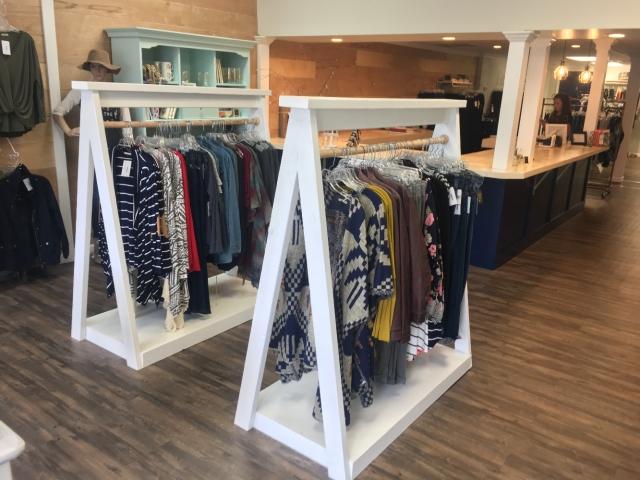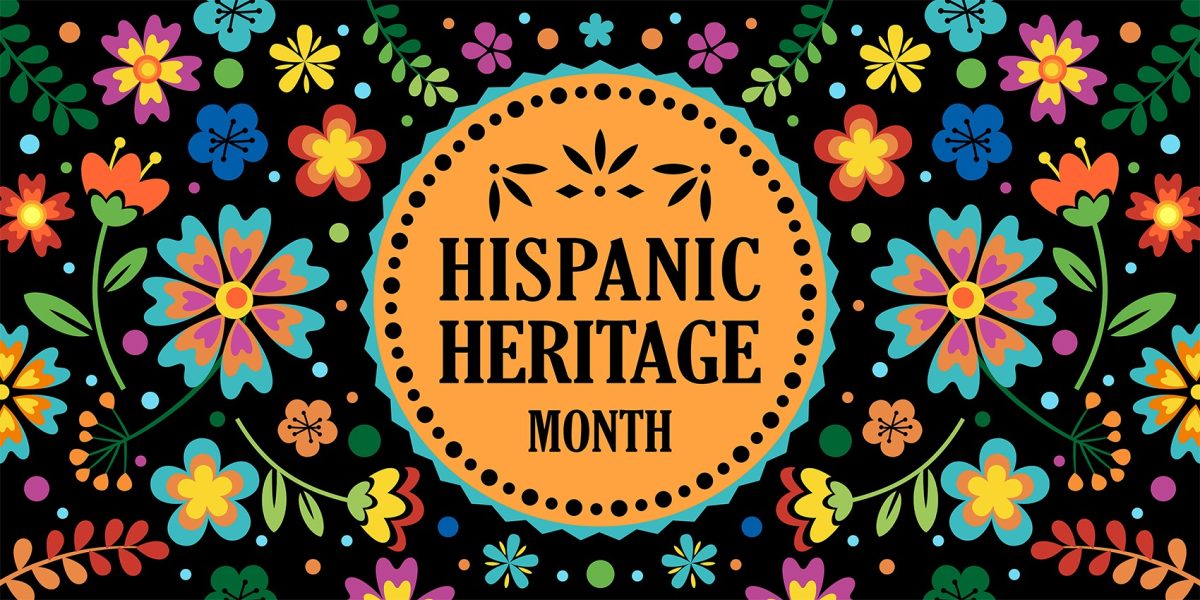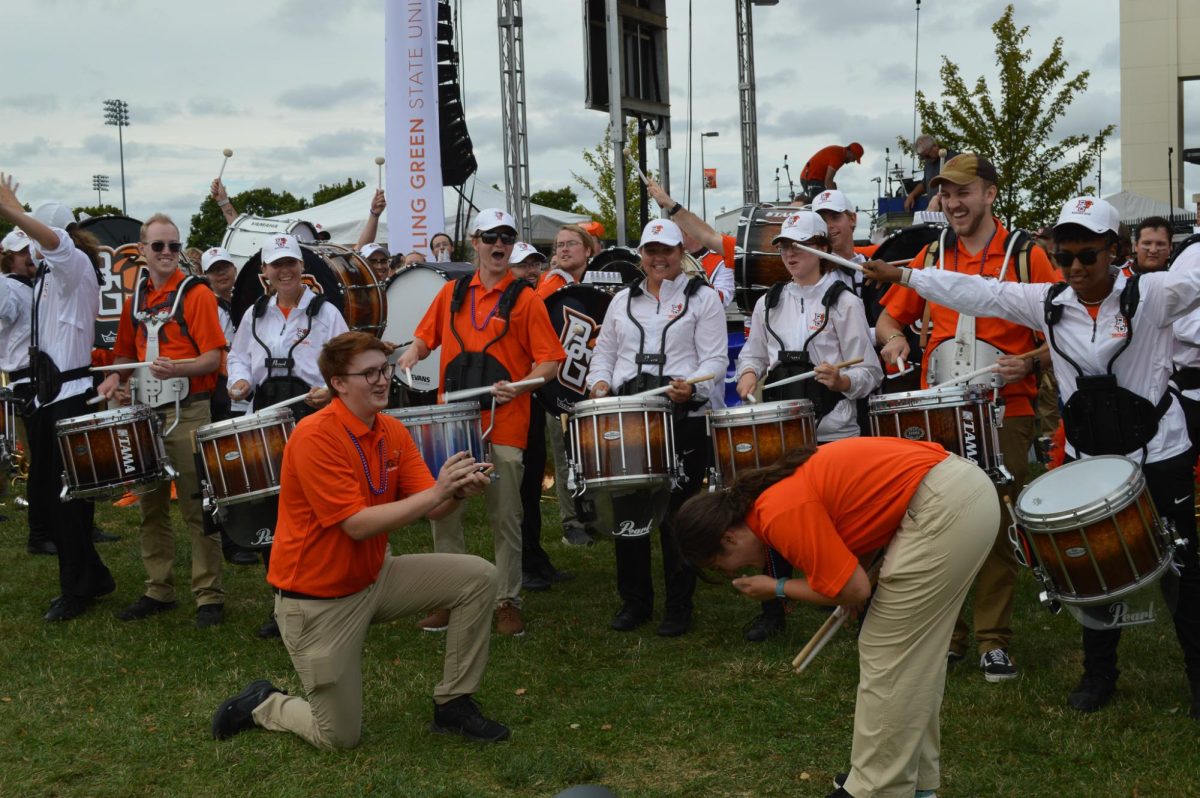By Linda K. Wertheimer The Dallas Morning News (KRT) AUSTIN, Texas _ Crystal Thompson’s soft voice quavered as she stood at a microphone in a packed auditorium and faced the University of Texas president. “What are you going to do to keep me here? What are you going to do so I should convince my brother to go here?” the college senior, who is black, asked UT President Larry Faulkner. Thompson, the first in her family to attend college, used to be proud to attend UT. Several recent on-campus incidents shattered some of that pride. They included the egging of a Martin Luther King Jr. statue on his national holiday and images of fellow students mocking black stereotypes at parties. The incidents brought Thompson and more than 300 other UT students, most of them black and Hispanic, to a forum to question Faulkner. How will he make minority students more welcome at the state’s largest university? How will he draw more minority students when such things happen? At the same time Monday night, Robert Gates, president of the state’s other flagship university, fielded similar questions from about 200 people at Texas A’M University. “A lot of kids of color were saying they just don’t feel welcome,” said Wanda J. Watson, president of the African American Professional Organization at Texas A’M. “They were saying, `For white students, A’M is like heaven, but minority students don’t always have that same feeling.” As the U.S. Supreme Court wrestles with the epic legal question of whether colleges should consider race as a way of diversifying their student bodies, students at Texas’ two biggest universities are demanding that officials pay more attention to racial issues. UT officials and students said the timing of the incidents and the national debate about affirmative action is more than coincidence. Faulkner said the incidents came about the same time as heightened press coverage of the affirmative action case involving the University of Michigan. The discourse has grown on campus, with UT students debating the merits of the state law and affirmative action. Regardless of the cause of recent incidents on the UT and Texas A’M campuses, Gates and Faulkner say they’re worried about the effects. “We worked pretty hard over the last five years to build a sense of welcome to minority students,” Faulkner said. “This could be a blow to that.” At UT, the string of recent events began to unfold Jan. 20, Martin Luther King Jr. Day. An unknown student defaced a statue of MLK with eggs. Black students lobbied to install the statue in 1999. Eleven days later came a fraternity theme party in which members wore black paint on their faces and mocked black stereotypes. There also was news of another frat party on Halloween. In one photo from the parties, a white man painted his face black and donned a chain and padlock around his neck; in others, partygoers wore costumes mimicking rap singers’ attire. They also wore wigs and put on masks with exaggerated racial features. The university is investigating the actions of the fraternities involved, Kappa Alpha and Phi Gamma Delta. In mid-January, a black member of student government accused UT police of racial profiling when he was asked to show his identification in the student union. That incident prompted students all over campus to begin donning “I look furtive” buttons. (The student, Kevin Curry, said the police officer told him he was stopped because he looked furtive.) Faulkner said a newly appointed committee will review police procedures. Meanwhile, last month at Texas A’M, some students planned a “blackface party” at a dorm around Martin Luther King Jr. Day. The party was canceled before it was held, but it prompted an outcry from students, a forum on racial issues and university administrators’ promises to do something about racial tension. Officials have responded, while pointing out that such incidents aren’t unique to the state’s flagships or to Texas. A new campus committee will help Gates appoint a diversity czar at Texas A’M. Students, faculty members and others say getting more minority students on campus _ through the top 10 percent law and other means _ is just part of the solution. It’s also important to change the climate for students, they said. “The issue has always been, `You don’t go where you’re not welcome,'” said state Rep. Garnet Coleman, a Houston Democrat who attended Texas A’M for a semester and transferred to a private Houston college because he felt lonely and uncomfortable as one of few blacks. This year, 2.3 percent of 45,083 students at A’M are black. The school is 76.6 percent white. Katie King, a UT senior and Student Government president, said the recent events at her university shocked her. “It’s opened my eyes to how extreme the divisions are,” said King, who is white. “The egging of the statue and the parties, I really didn’t think those things would happen on our campus. UT has been a more liberal campus, much more accepting than A’M is perceived to be.” Black and Hispanic students, however, said the incidents did not surprise them. Tiffany Tillis, a senior who is black, spends a lot of her spare time in UT’s multicultural information center. It’s the one place where she sees a lot of minority students, she said. UT is just over 60 percent white. A little more than 3 percent of the school’s 52,261 students are black. In classes, she’s often one of 10 or 15 faces of color out of 500. During orientation each year, she works as a welcome coordinator for black students. “We try to ease the fears they have about this university,” Tillis said. “Now, I feel like a hypocrite. … This is all new to me, such blatant things.” These are old issues reasserting themselves at the flagships. Faulkner said he addressed concerns about race at forums in 1998, his first year at UT. Then, the campus was reeling in the aftermath of the Hopwood decision, which spelled the end of race-based admissions policies in Texas. Faulkner said attitudes about race develop long before students arrive at a university. “The fact is, it’s not possible for us to be miles and miles ahead of larger society,” Faulkner said. “We can help to make it better.” At the Monday forum, Faulkner outlined numerous solutions, including a committee that would address concerns about police procedures and ways to improve the climate for minority students on campus. “He’s full of words,” a student muttered at the back of the auditorium. I.K. Ofili, a 22-year-old resident adviser, said he often feels isolated, and now, because of the recent events, he’s also sad and frustrated. “I used to think this campus was racist, very unfriendly to black people,” Ofili told the president. “I still think it’s unfriendly, but I also believe a lot of white people just don’t know a lot about black people.” (EDITORS: STORY CAN END HERE) Ofili said the president disappointed many black students by his lack of emotion when he gave a speech by the King statue after the defacing. He should have shown his anger, Ofili said. Students applauded in agreement. Faulkner said the statue’s defiling did upset him. He had attended its unveiling in 1999. “It was a day about what our future society is supposed to be,” Faulkner said. Thompson, the young woman who wanted to know what to tell her brother about UT, praised the administrator for trying. “I do commend you on your efforts,” she said. “I just want you to see the big picture.” Faulkner replied: “I just want you to be proud of UT.” Thompson walked away from the microphone, her eyes wet. ___ ‘copy 2003, The Dallas Morning News. Visit The Dallas Morning News on the World Wide Web at http://www.dallasnews.com/ Distributed by Knight Ridder/Tribune Information Services.
Categories:
Students demand answers after racial incidents at Texas universities
February 19, 2003
0
Donate to BG Falcon Media
$250
$2500
Contributed
Our Goal
Your donation will support the student journalists of Bowling Green State University. Your contribution will allow us to purchase equipment and cover our annual website hosting costs.
More to Discover







